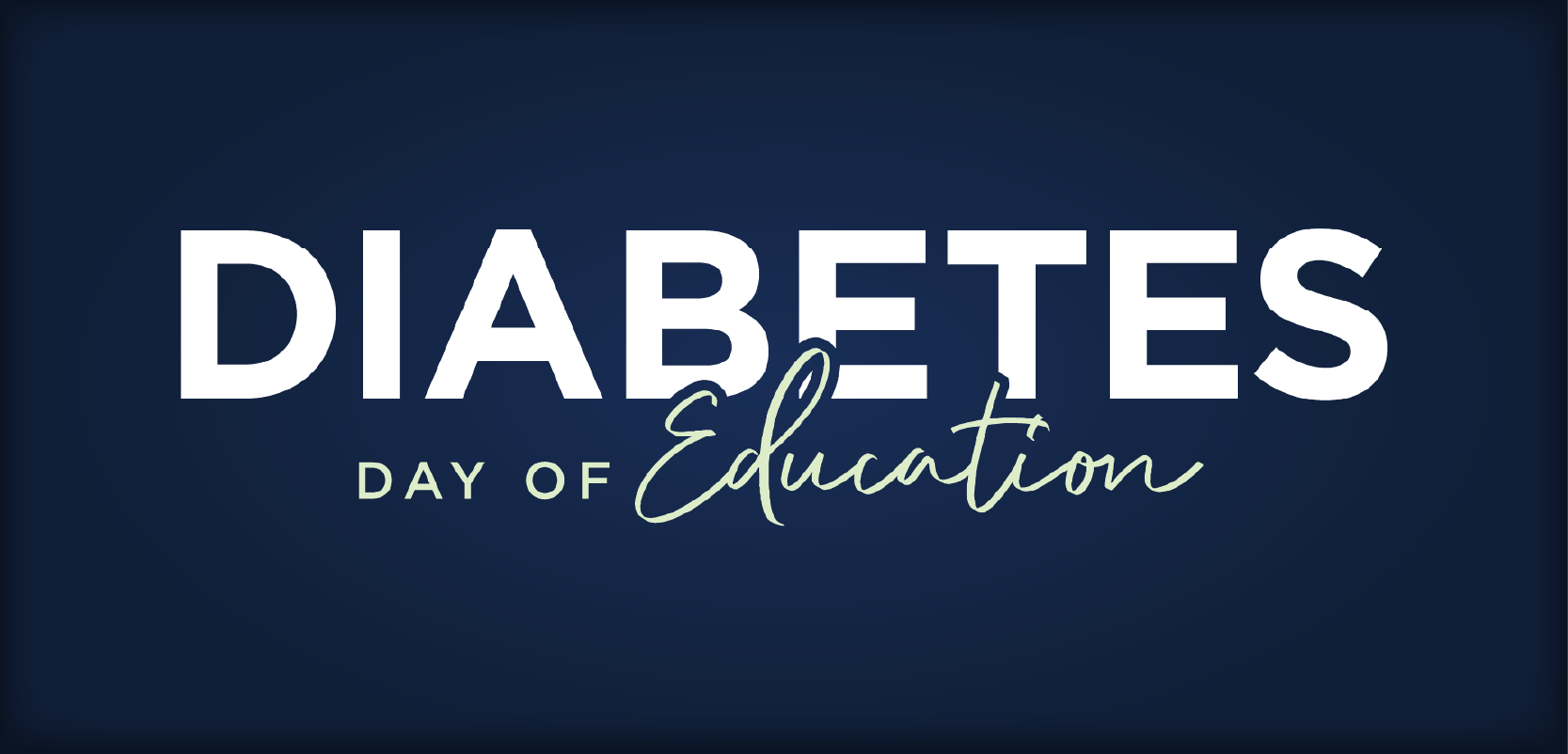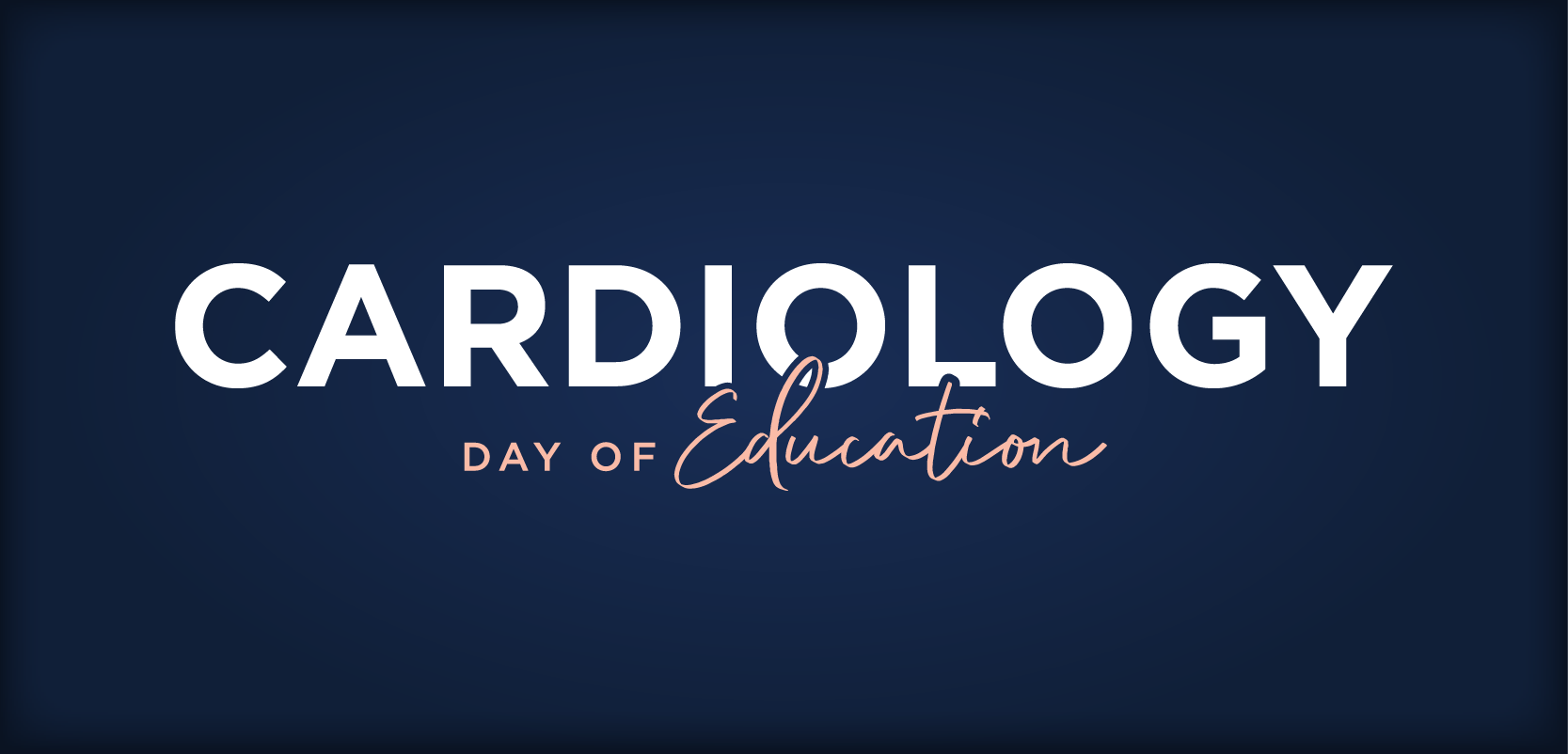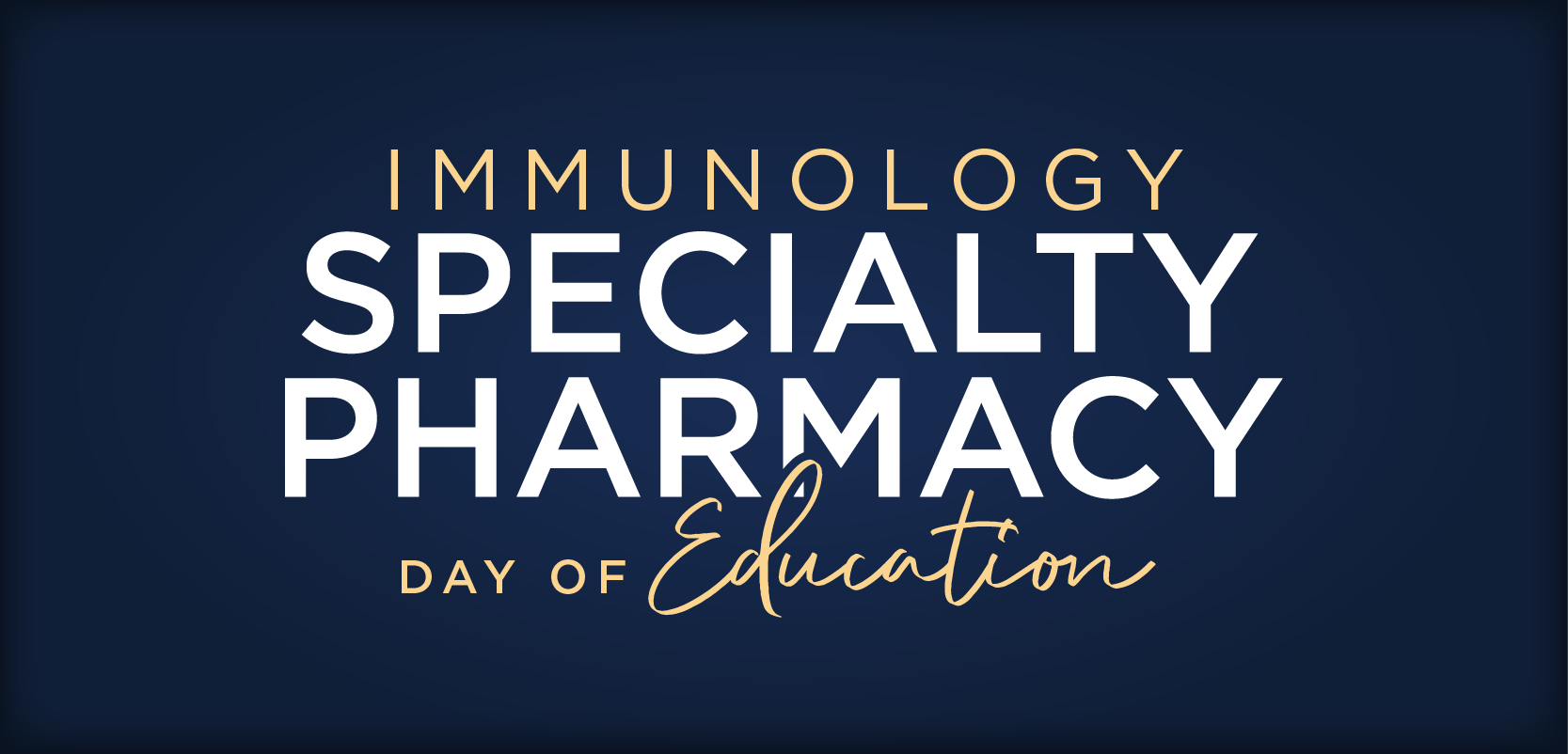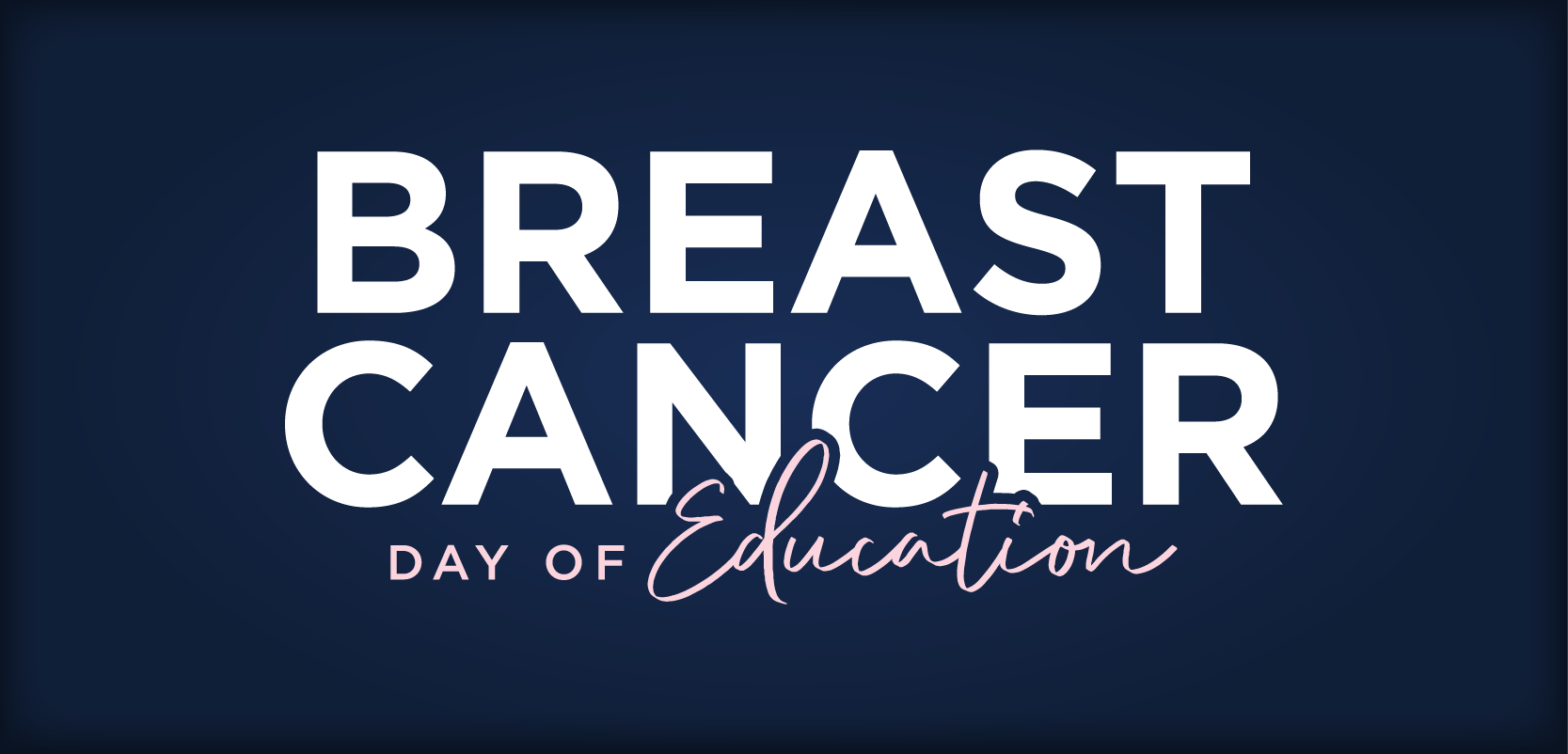
- September 2023 Immunization Guide for Pharmacists
Predicting Vaccine Demand for the 2023-2024 Fall/Winter Season
The pharmacy is no longer considered to offer full service (or to be financially sustainable) without a robust vaccination practice.
Influenza is the "Old Reliable" of Immunizations
Pharmacy staff often refer to early fall as the beginning of “flu shot” season. I suppose this is so because every day is “pharmacy dispensing” season, but the fall brings increased workflows that used to be dominated by prescription cough and cold medicines. Workflow is now accelerated as patients request the added convenience of receiving immunizations while filling their medications. With a predicable rush of immunization opportunities that are increasingly important for the economic sustainability of the pharmacy,1,2 the demand for influenza vaccinations is a near guarantee for the pharmacy. The total percentage of eligible adults who get an influenza vaccination has not changed much over the past decade; it has grown slowly from approximately 45% to 50%.3 However, the percentage of influenza immunizations performed in adults in the pharmacy has increased substantially, from about 20% during the 2011-2012 season to approximately 60% in 2021.1,4 Even more striking is the increase in pharmacy-based immunizations for other vaccine-preventable illnesses that have been administered over the past few years. Pharmacies dominate the adult immunization marketplace, moving from approximately 50% of the market share through most of 2020 (the year before COVID-19 vaccination became available in the pharmacy) to roughly 90% of all claims submitted by health care providers, when considering the most common immunizations together (COVID-19, influenza, human papillomavirus, pneumococcal disease, and combined tetanus, diphtheria, and pertussis) in 2021 and 2022 are considered.4
COVID-19 Immunization: a Demand That's Hard to Predict
Last year, at this time, we didn’t know whether there would be an overall change in the demand for influenza immunizations for the upcoming 2022-2023 season. Would the COVID-19 virus have a positive, negative, or negligible effect on the overall uptake of flu shots? Turns out, it was a third eventuality in 47 of the 50 states. However, some states with historically lower influenza immunization rates (Alabama, Mississippi, Tennessee, and West Virginia) saw increased rates of influenza vaccination among adults.5 These differences resulted in a significant increase (2%) in overall influenza coverage rates between the 2021-2022 and 2022-2023 seasons for adults (P < .05), with the greatest increase observed in individuals aged 65 years or older (3.7%; P < .05).
With the COVID-19 virus, we cannot know if and when future outbreaks will occur, although the prevailing wisdom is that each fall will bring an increased likelihood of a spike in infections, given the seasonality of other respiratory illnesses of this type. So, will demand for COVID-19 vaccines follow demand for flu shots? Factors that may impact COVID-19 vaccine uptake include patients’ perception of risk related to COVID-19 infection and sequalae,6 emerging variants, booster availability, and cost. As the federal government moves away from the purchase of COVID-19 vaccines (and the relatively ubiquitous administration fee of $40),7,8 reimbursement rates will depend upon health plan and pharmacy benefits. For the uninsured or underinsured, the CDC has launched the Bridge Access Program through Walgreens, CVS, and other pharmacies; staff may sign up for the program through a third party (eTrueNorth).8
The RSV Vaccine is the New Kid on the Block
Respiratory syncytial virus (RSV) also generally circulates in the fall and peaks in the winter.9 Most people who develop an RSV infection have a mild illness and recover within a week.10 However, RSV infection can produce severe disease in infants and young children, adults with chronic medical conditions, and the elderly, and can require hospitalization and supportive care for these vulnerable cohorts. Most pharmacists haven’t been conversant in RSV infection, as it hasn’t impacted their practice to any great extent. However, in May 2023, the FDA approved the 2 RSV vaccines, Arexvy (GlaxoSmithKline) and Abrysvo (Pfizer), for the prevention of lower respiratory tract disease (LRTD) caused by RSV in patients 60 years or older.11,12 In August 2023, the FDA approved Abrysvo for use in pregnant individuals at 32 to 36 weeks gestation to prevent LRTD from RSV infection in infants from birth to 6 months of age.12 RSV soon will become part of the regular community pharmacy lexicon because of the new availability of these RSV vaccines and the high percentage of adults who receive vaccinations in a pharmacy.4 RSV vaccine recommendations and patients willing to entertain that advice may follow guidance for influenza and COVID-19 immunizations; as with any new market entrant, however, uptake is hard to predict.
Aligning Seasonal Vaccine Practice, Workflow, and Economics
It appears that community pharmacies are now in the third era of immunizations. The first was groundbreaking, with pushes for scope of practice changes and reimbursement for administration that were driven almost entirely by influenza vaccines. The second was the widespread adoption of multiple vaccinations administered at the pharmacy that was driven primarily by availability of the shingles vaccine and greatly accelerated by COVID-19 vaccination and the precipitating pandemic. We now have entered an era in which the pharmacy has become the principal immunization site for adults and, increasingly, for children. The pharmacy is no longer considered to offer full service (or to be financially sustainable) without a robust vaccination practice. With additional seasonal entrants, the opportunity for critical mass is here. Patient encounters now showcase full immunization history reviews. At a minimum, pharmacists encourage patients to get all of their seasonal vaccinations assessed and administered in a short window of time as soon as it starts to get cold outside. Only time will tell whether demand will be strong for specific immunizations recommended for administration this fall. What is certain is that the planning, preparation, and eventual bustling of pharmacies serving members of their community with access to life-improving and life-saving vaccinations and convenience will be the welcomed by the patients they serve.
About the Author
Troy Trygstad, PharmD, PhD, MBA, is the Executive Director of CPESN USA, a clinically integrated network of more than 3500 participating pharmacies. He received his PharmD and MBA degrees from Drake University and a PhD in pharmaceutical outcomes and policy from the University of North Carolina. He has recently served on the board of directors for the Pharmacy Quality Alliance and the American Pharmacists Association Foundation.
References
- Bach AT, Goad JA. The role of community pharmacy-based vaccination in the USA: current practice and future directions. Integr Pharm Res Pract. 2015;4:67-77. doi:10.2147/IPRP.S63822
- Sederstrom J. Vaccination programs bring pharmacy profits. Drug Topics. https://www.drugtopics.com/view/vaccinationprograms-bring-pharmacy-profits
- Flu vaccination coverage, United States, 2021-22 influenza season. CDC. October 18, 2022. Accessed August 23, 2023. https://www.cdc.gov/flu/fluvaxview/coverage-2022estimates.htm
- Trends in vaccine administration in the United States. IQVIA Institute. January 13, 2023. Accessed August 23, 2023. https://www.iqvia.com/insights/the-iqvia-institute/reports/trends-in-vaccineadministration-in-the-united-states
- Influenza vaccination coverage, adults. CDC. April 28, 2023. Accessed August 23, 2023. https://www.cdc.gov/flu/fluvaxview/dashboard/vaccination-adult-coverage.html
- Cohen LE, Spiro DJ, Viboud C. Projecting the SARS-CoV-2 transition from pandemicity to endemicity: epidemiological and immunological considerations. PLOS Pathogens. 2022;18(6):e1010591. doi:10.1371/journal.ppat.1010591
- Medicare COVID-19 vaccine shot payment. CMS.gov. Updated July 27, 2023. Accessed August 23, 2023. https://www.cms.gov/medicare/ covid-19/medicare-covid-19-vaccine-shot-payment
- CDC's Bridge Access program. CDC. Accessed August 25, 2023. https://www.cdc.gov/vaccines/programs/bridge/index.html
- Respiratory syncytial virus infection (RSV). For healthcare providers. CDC. August 4, 2023. Accessed August 23, 2023. https://www.cdc.gov/rsv/clinical/index.html
- Respiratory syncytial virus infection (RSV). People at high risk for severe RSV infection. CDC. October 28, 2022. Accessed August 23, 2023. https://www.cdc.gov/rsv/high-risk/index.html
- FDA approves first Respiratory Syncytial Virus (RSV) vaccine. News release. FDA. May 3, 2023. Accessed August 23, 2023. https://www.fda.gov/news-events/press-announcements/fda-approves-firstrespiratory-syncytial-virus-rsv-vaccine
- FDA approves first vaccine for pregnant individuals to prevent RSV in infants. News release. FDA. August 21, 2023. Accessed August 23, 2023. https://www.fda.gov/news-events/press-announcements/fdaapproves- first-vaccine-pregnant-individuals-prevent-rsv-infants
Articles in this issue
Newsletter
Stay informed on drug updates, treatment guidelines, and pharmacy practice trends—subscribe to Pharmacy Times for weekly clinical insights.



















































































































































































































